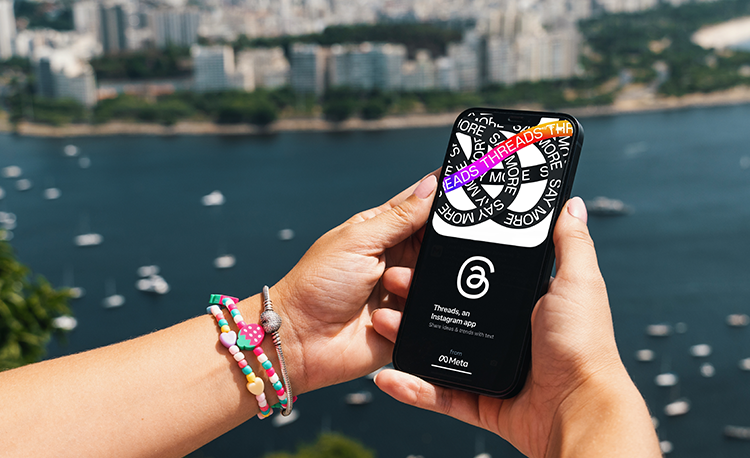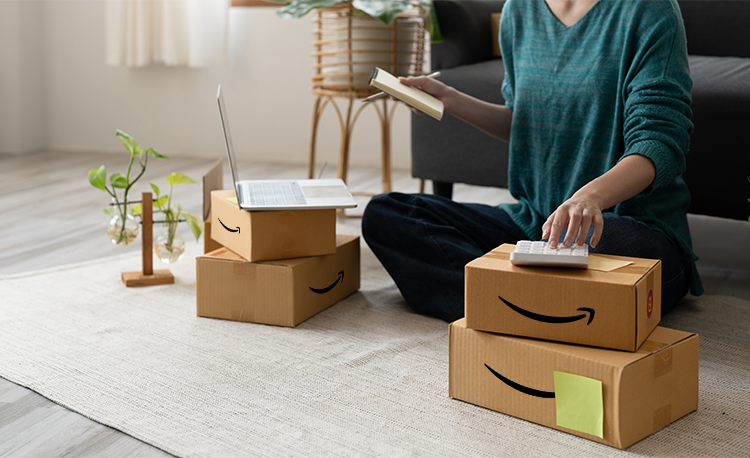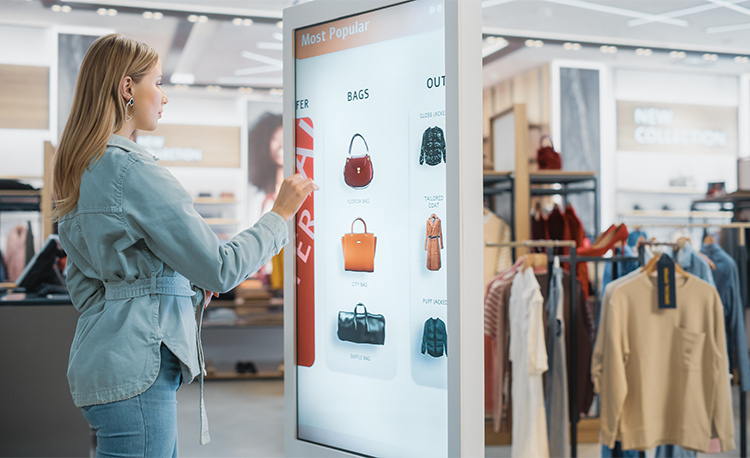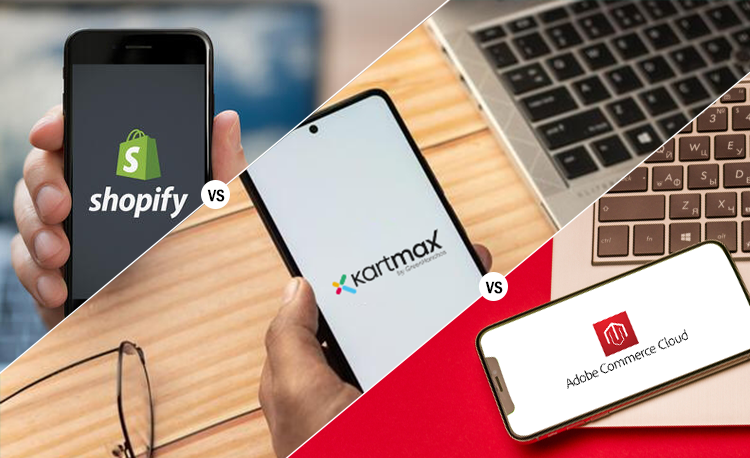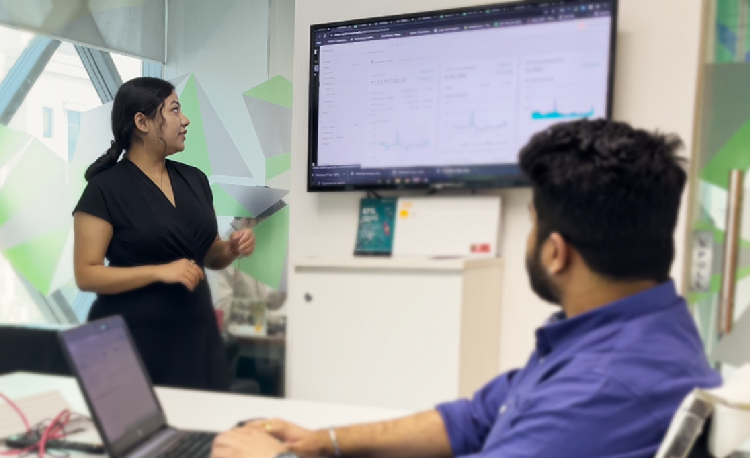How retail brands are embracing digital transformation to serve the next billion digital-native consumers?
In the era of digitalization, the landscape of global retail businesses is undergoing a drastic transformation. Starting in 2021, the year emerged as a watershed moment in the digital revolution, making the world take the concept of digital transformation seriously…



